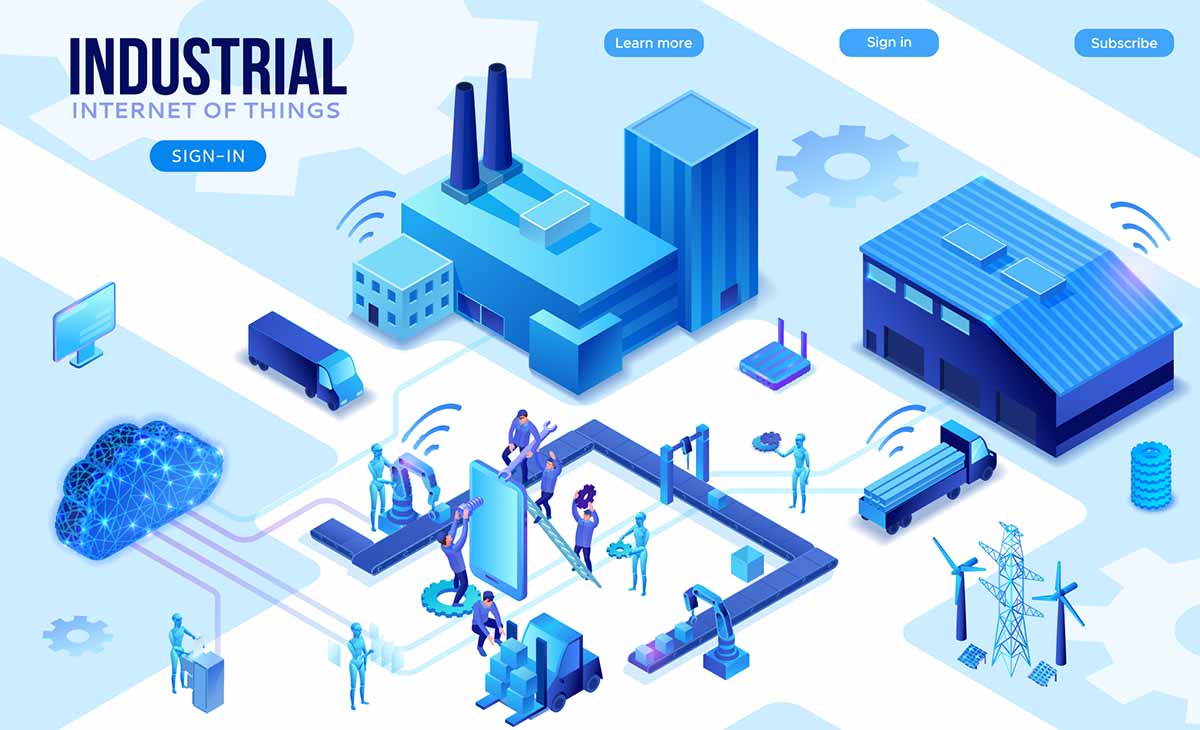FeneTech President & CEO Ron Crowl
January 28, 2019
(This article originally appeared in the online edition of Glass Magazine, January 28, 2019.)

Keeping up with the latest trends in machines and manufacturing is practically a full-time job. Industry 4.0 and the Industrial Internet of Things have exponentially hastened the development of a host of enhancements that are poised to change the way glass fabricators conduct business. Here are five of the top machine and manufacturing trends to look for in 2019.
1. Quality inspection
Obtaining perfection, while very difficult, should be a goal of every manufacturer. That’s where quality inspection comes into play. Within the glass fabrication industry, this means creating a checklist of these four elements:
Surface quality
Surface quality refers to the cosmetic quality of the surface of the glass that is visible to the naked eye. What can be seen, though, can be nearly equal to what cannot be seen. Quality inspection systems that can see marks, divots and scratches invisible to the human eye are the future of surface inspection.
Roll wave distortion
The ability to eliminate roll wave distortion is not achievable; however, the ability to measure roll wave to ensure it is within specifications and provide valuable information back to the furnace controls can certainly be achieved.
Anisotropy
Leopard spots belong on the leopard, and rainbows should only appear in the sky after a rain shower. Anisotropy, once believed to be a by-product of glass tempering, is no longer considered acceptable.
Dimensional checks
Drill holes, cutouts, grid alignments—these customized features on their own add to the expense of the final product. Defects or erroneously sized cutouts are unacceptable, rendering the final product unusable. Quality inspection systems that use telecentric imaging to inspect precise measurements eliminate the guesswork in making sure these features are exactly where they’re supposed to be.
2. Tighter machine integration
FeneTech often talks about the need to remove lonely islands of automation within the manufacturing setting. Tighter machine integration means eliminating isolated production areas, entering data only once, and embracing an enterprise resource planning, ERP, system that takes in every aspect of production, then analyzes, evaluates and presents it in a manufacturing solution that enables the business’ stakeholders to improve their process.
3. Robots
Before anyone panics at the thought of robots taking over all the manufacturing jobs from humans, remember that humans created robots to do the kinds of work that most would consider drudgery. And as seemingly smart as robots appear to be, they still need people to manage them. Common applications:
Glass handling
Capable of handling a range of glass sizes, glass handling robots make sense from not only an expediency perspective, but a safety one as well. Glass handling robots can integrate with line controls from glass rack to conveyor all the way through processing.
Loading
Much like glass handling robots, robotic loading systems can be customized to match an array of manufacturing systems. Several versions exist that both save space and keep personnel safe.
Sorting
A robot that can optimize, sort, handle and transport glass? These have been in the auto industry for three to four decades and at least two decades in the glass fabrication industry. European companies have been utilizing this technology more than North American companies. However, this is bound to change with the advancement of technology and the cost competitiveness associated with robotics.
4. ERP systems
Finding an ERP provider with the unique capabilities of guiding a business through the often-complicated tangle of possibilities is a good start toward being part of the next generation of intelligent industry. With the advent of the digital factory, having a system that directly integrates the physical world into computer-based systems will clearly separate the haves and have nots in industry.
The digital factory builds on the progress that ERP solutions have brought to the industry. By taking the next step and using the concepts of automation, integration, IoT and Industry 4.0, much more data can be captured, analyzed and presented in a usable manner, thus allowing users to make proactive business decisions. Getting machinery, software and suppliers to all speak the same language is becoming a reality thanks to initiatives such as FENml—Fenestration Manufacturing Language.
5. The digital factory
Driven by the desire to reduce labor costs and increase productivity, these five machine and manufacturing trends are not really anything new. That is, the ideas and concepts are out there—they’re just something that not every glass fabricator has bought into. Because the implementation and management of such trends can be both costly and overwhelming, business owners should evaluate their present operation and carefully map out their path forward.
